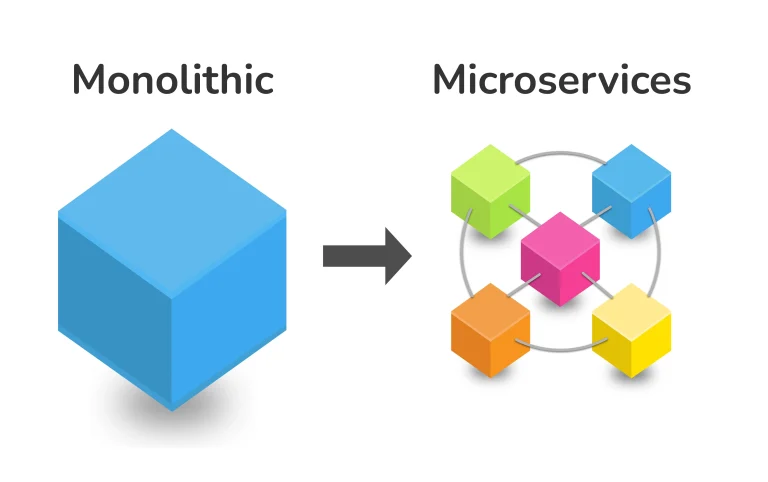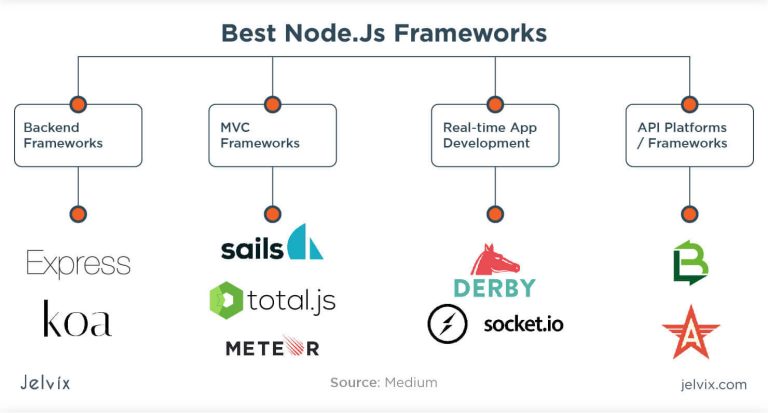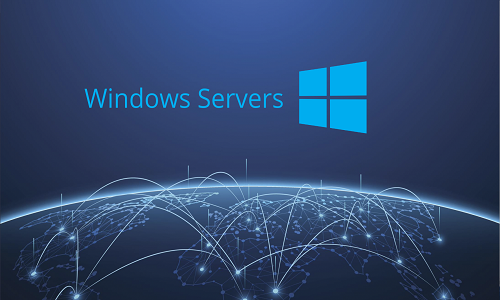Introduction:
Transmission Control Protocol (TCP) and User Datagram Protocol (UDP) are two fundamental protocols of the Internet Protocol (IP) suite, playing crucial roles in network communication. While both serve to transport data, they differ significantly in terms of their features, use cases, and reliability. In this article, we will explore the characteristics of TCP and UDP and provide examples of systems where each protocol is best suited.
TCP (Transmission Control Protocol):
TCP is a connection-oriented protocol that ensures reliable and ordered delivery of data between two devices on a network. It establishes a connection before data transfer and employs various mechanisms, such as acknowledgment and retransmission, to guarantee data integrity.
Sample System Use – File Transfer:
Consider a scenario where reliable and accurate data transfer is crucial, such as downloading a large file from a server. In this case, TCP would be the preferred choice. File transfer protocols like FTP (File Transfer Protocol) and SCP (Secure Copy Protocol) utilize TCP to ensure that every part of the file arrives intact and in the correct order.
UDP (User Datagram Protocol):
UDP, on the other hand, is a connectionless protocol that prioritizes speed and efficiency over reliability. It does not establish a connection before data transfer and lacks mechanisms for error recovery or retransmission.
Sample System Use – Real-Time Streaming:
For applications requiring low latency and where occasional data loss is acceptable, UDP is often the protocol of choice. Consider real-time applications like video conferencing or online gaming. These systems leverage UDP to provide a smoother experience, even if occasional data packets are lost, as the emphasis is on real-time delivery.
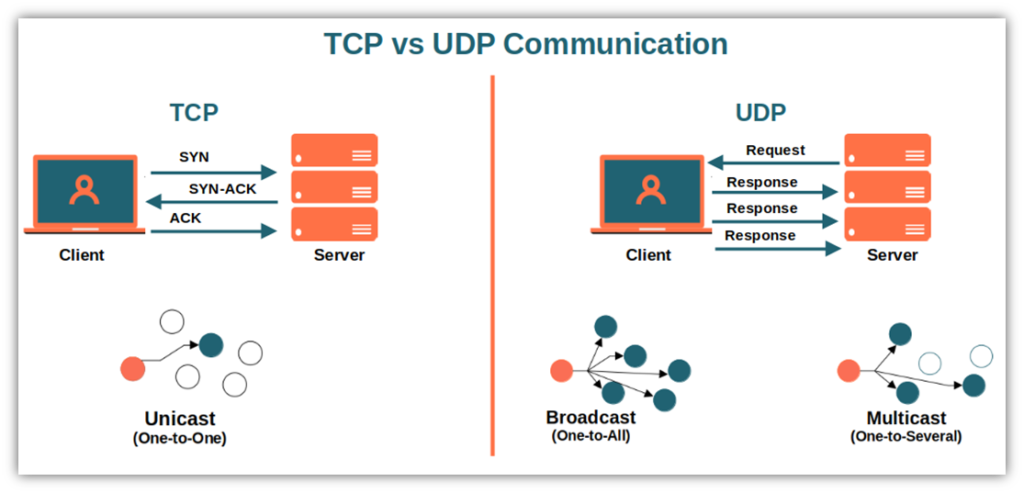
Comparison:
Reliability:
- TCP: Provides reliable, ordered delivery of data with error-checking mechanisms.
- UDP: Offers faster but unreliable data transfer without error recovery mechanisms.
Connection Establishment:
- TCP: Requires a connection setup before data transfer.
- UDP: Connectionless; data transfer begins without a prior connection.
Use Cases:
- TCP: Ideal for applications where data integrity and order are critical, such as file transfers and web browsing.
- UDP: Suited for real-time applications like streaming, online gaming, and VoIP, where low latency is essential.
Overhead:
- TCP: Higher overhead due to connection establishment and error-checking mechanisms.
- UDP: Lower overhead, making it more efficient for time-sensitive applications.
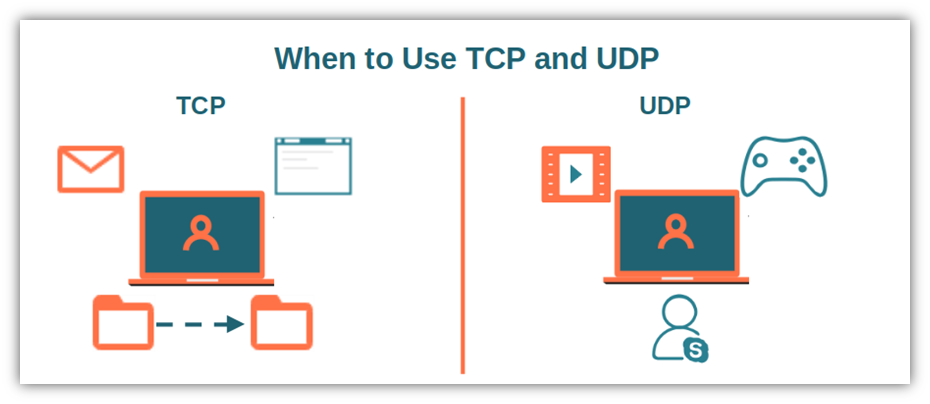
Conclusion:
In summary, the choice between TCP and UDP depends on the specific requirements of the application. TCP is the go-to protocol when reliability and data integrity are paramount, while UDP is preferred for applications demanding low latency and where occasional data loss is acceptable. Understanding the strengths and weaknesses of each protocol is essential for designing robust and efficient networked systems.







